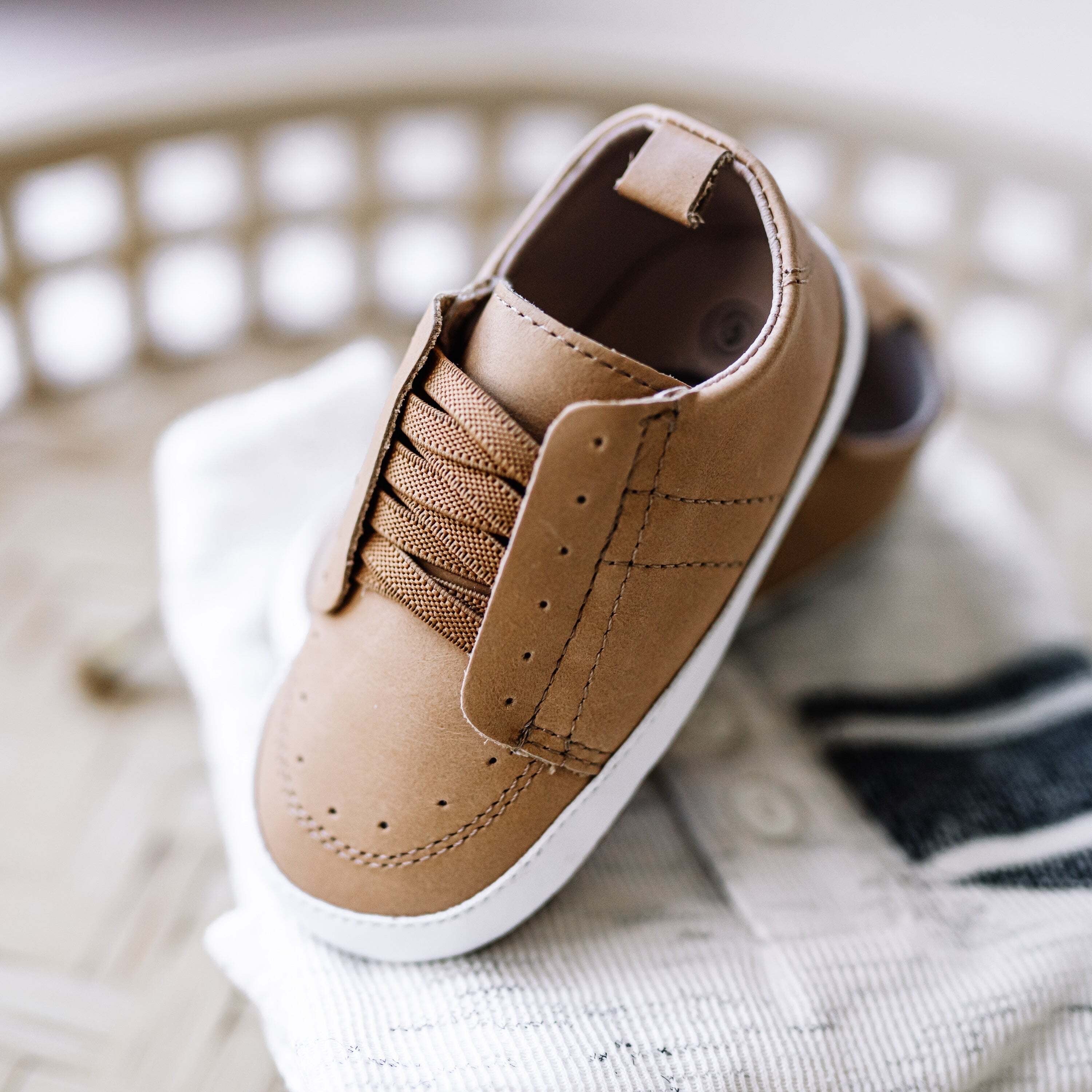Identifying Common Foot Deformities in Babies: When to Seek Medical Attention
Introduction:
As parents, we closely monitor our babies' growth and development, including the health and appearance of their tiny feet. While most infants are born with perfectly formed feet, it's essential to be aware of common foot deformities that can occur. Recognizing these conditions early on can help ensure timely intervention and prevent potential complications. In this article, we will discuss some of the top foot deformities in babies, what to look for, and when it's crucial to seek medical advice.
Clubfoot:
Clubfoot, or talipes equinovarus, is a common foot deformity where the foot turns inward and downward. Signs of clubfoot include the foot's abnormal positioning, such as being rotated inward, with the sole facing sideways or even upward. The affected foot may also appear smaller and have a higher arch. If you notice these symptoms, it's essential to contact your doctor promptly for further evaluation and guidance.
Metatarsus Adductus:
Metatarsus adductus is a condition characterized by a curved or turned-in shape of the front part of the foot. The affected foot may have a "C" or "S" shape, with the inner edge of the foot curving inward. It can be flexible or rigid. While mild cases of metatarsus adductus often resolve on their own, severe or rigid cases may require intervention. Consult your healthcare provider if you observe persistent or worsening symptoms.
Flat Feet:
Flat feet, also known as pes planus, is a condition where the arch of the foot appears flattened or absent. In infants, it's common for the arches to appear flat due to fat pads in the feet. However, if the flatness persists beyond the age of three or is associated with pain, stiffness, or difficulty walking, medical attention should be sought.
Toe Abnormalities:
Toe abnormalities can include conditions such as overlapping toes, webbed toes, or extra toes (polydactyly). While some toe variations are harmless and do not require treatment, others may require medical intervention. If you notice significant deformities, restricted movement, or any concerns related to your baby's toes, consult your doctor for a proper assessment.
When to Contact a Doctor:
It's important to reach out to your healthcare provider if you observe any of the following concerning signs:
1. Severe or worsening deformities: If the foot deformity appears to be significant, progressive, or causing discomfort to your baby, seek immediate medical attention.
2. Difficulty with weight-bearing or walking: If your baby is not able to put weight on the affected foot or is experiencing difficulty walking, it's crucial to consult a doctor for a comprehensive evaluation.
3. Asymmetry or one-sided deformity: If you notice that one foot appears noticeably different from the other or if the deformity is present only on one side, it's recommended to seek medical advice to rule out underlying conditions.
4. Lack of improvement over time: If you've been monitoring a foot deformity and it hasn't shown signs of improvement or appears to be worsening, it's important to have your baby assessed by a healthcare professional.
Remember, early detection and intervention play a significant role in managing foot deformities in babies. Your healthcare provider can provide a proper diagnosis, determine the best course of action, and refer you to a specialist if necessary. Trust your instincts as a parent, and never hesitate to seek medical advice when you have concerns about your baby's foot health.
Introduction:
As parents, we closely monitor our babies' growth and development, including the health and appearance of their tiny feet. While most infants are born with perfectly formed feet, it's essential to be aware of common foot deformities that can occur. Recognizing these conditions early on can help ensure timely intervention and prevent potential complications. In this article, we will discuss some of the top foot deformities in babies, what to look for, and when it's crucial to seek medical advice.
Clubfoot:
Clubfoot, or talipes equinovarus, is a common foot deformity where the foot turns inward and downward. Signs of clubfoot include the foot's abnormal positioning, such as being rotated inward, with the sole facing sideways or even upward. The affected foot may also appear smaller and have a higher arch. If you notice these symptoms, it's essential to contact your doctor promptly for further evaluation and guidance.
Metatarsus Adductus:
Metatarsus adductus is a condition characterized by a curved or turned-in shape of the front part of the foot. The affected foot may have a "C" or "S" shape, with the inner edge of the foot curving inward. It can be flexible or rigid. While mild cases of metatarsus adductus often resolve on their own, severe or rigid cases may require intervention. Consult your healthcare provider if you observe persistent or worsening symptoms.
Flat Feet:
Flat feet, also known as pes planus, is a condition where the arch of the foot appears flattened or absent. In infants, it's common for the arches to appear flat due to fat pads in the feet. However, if the flatness persists beyond the age of three or is associated with pain, stiffness, or difficulty walking, medical attention should be sought.
Toe Abnormalities:
Toe abnormalities can include conditions such as overlapping toes, webbed toes, or extra toes (polydactyly). While some toe variations are harmless and do not require treatment, others may require medical intervention. If you notice significant deformities, restricted movement, or any concerns related to your baby's toes, consult your doctor for a proper assessment.
When to Contact a Doctor:
It's important to reach out to your healthcare provider if you observe any of the following concerning signs:
1. Severe or worsening deformities: If the foot deformity appears to be significant, progressive, or causing discomfort to your baby, seek immediate medical attention.
2. Difficulty with weight-bearing or walking: If your baby is not able to put weight on the affected foot or is experiencing difficulty walking, it's crucial to consult a doctor for a comprehensive evaluation.
3. Asymmetry or one-sided deformity: If you notice that one foot appears noticeably different from the other or if the deformity is present only on one side, it's recommended to seek medical advice to rule out underlying conditions.
4. Lack of improvement over time: If you've been monitoring a foot deformity and it hasn't shown signs of improvement or appears to be worsening, it's important to have your baby assessed by a healthcare professional.
Remember, early detection and intervention play a significant role in managing foot deformities in babies. Your healthcare provider can provide a proper diagnosis, determine the best course of action, and refer you to a specialist if necessary. Trust your instincts as a parent, and never hesitate to seek medical advice when you have concerns about your baby's foot health.


